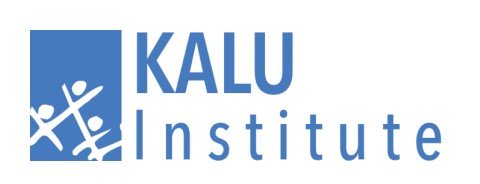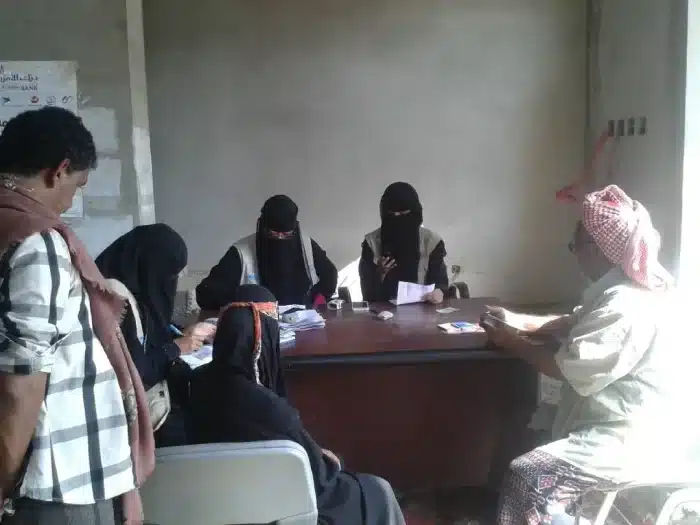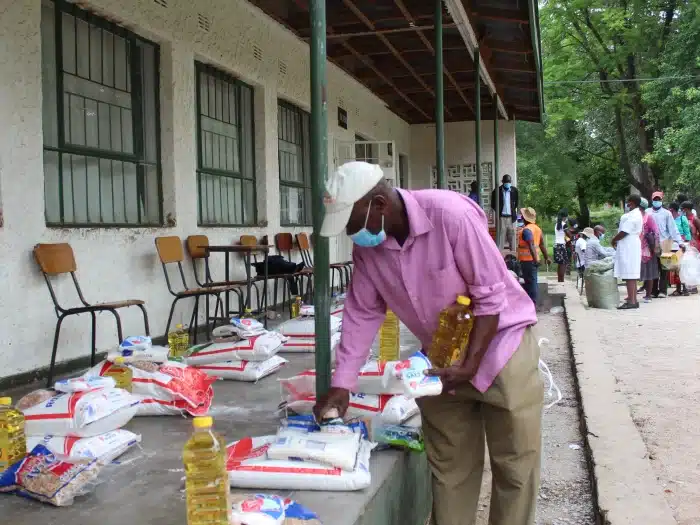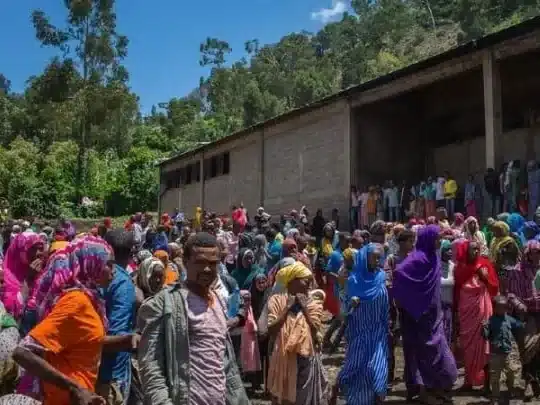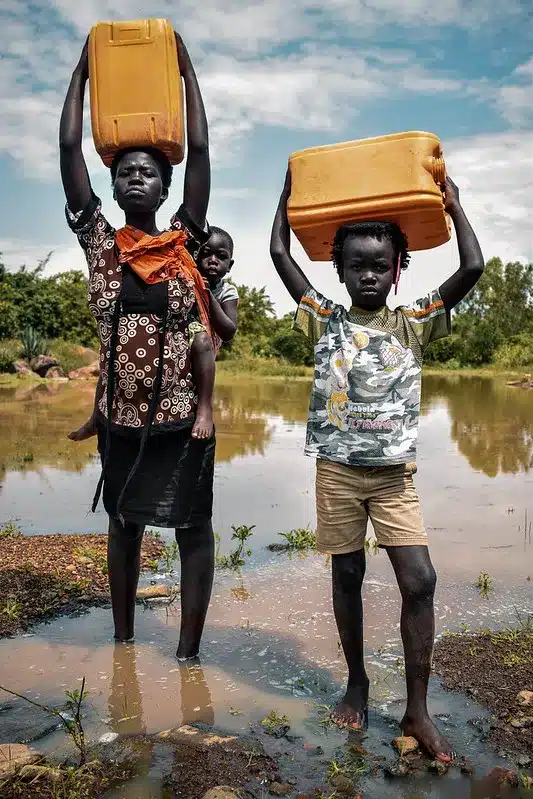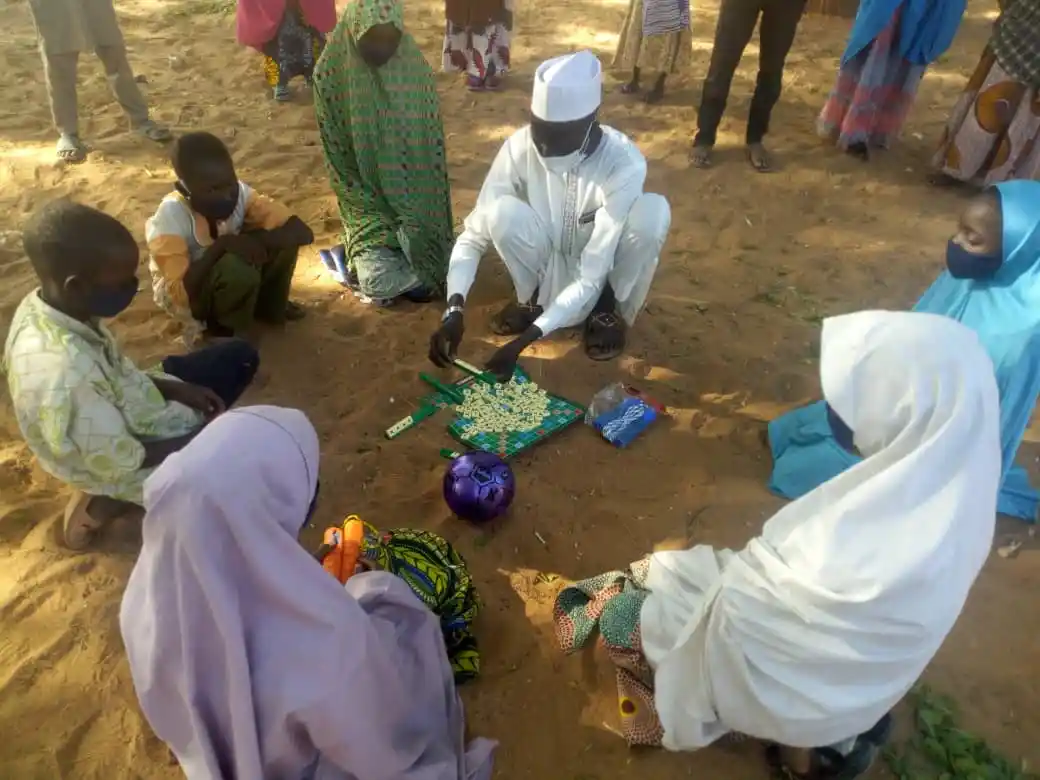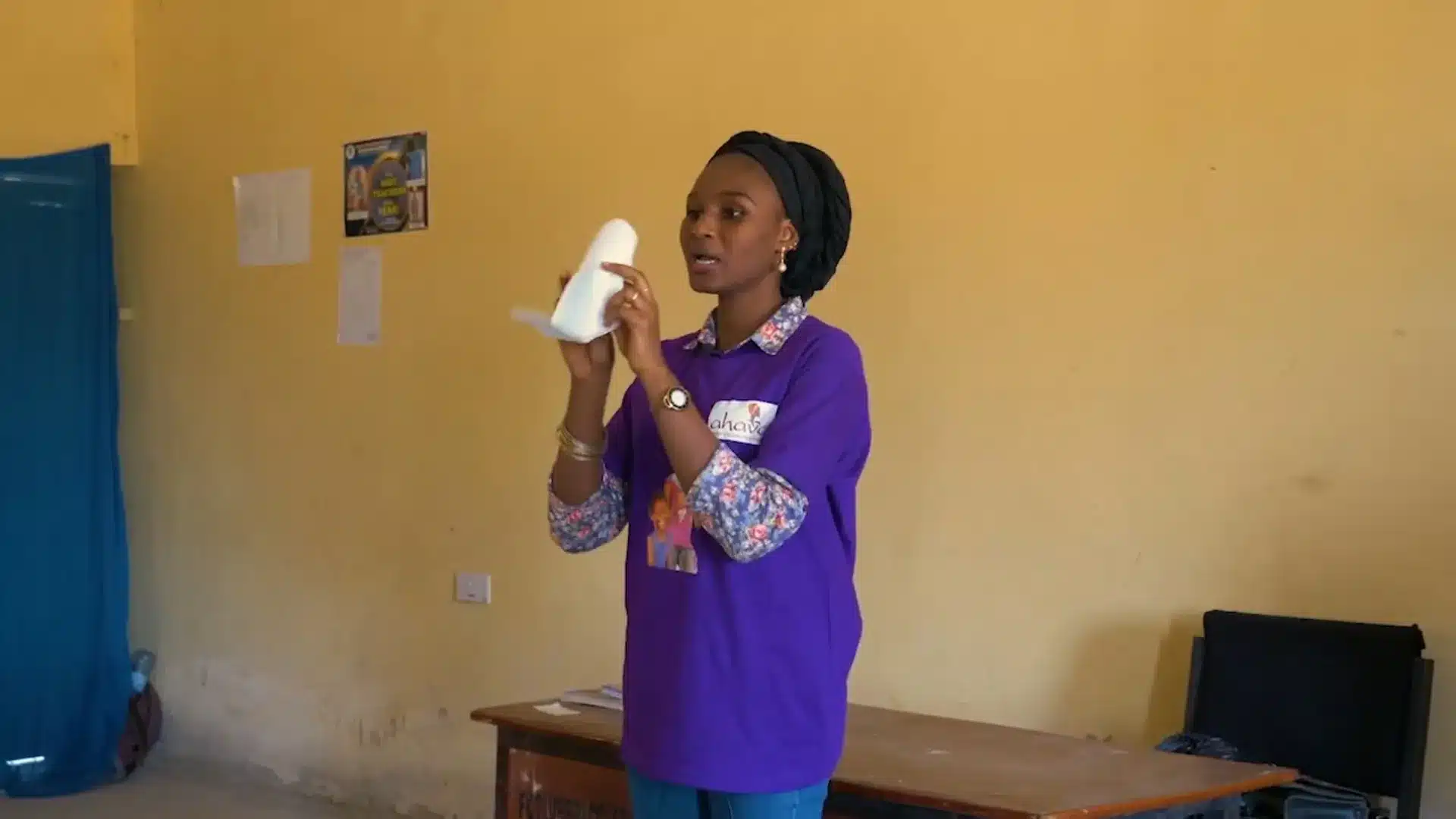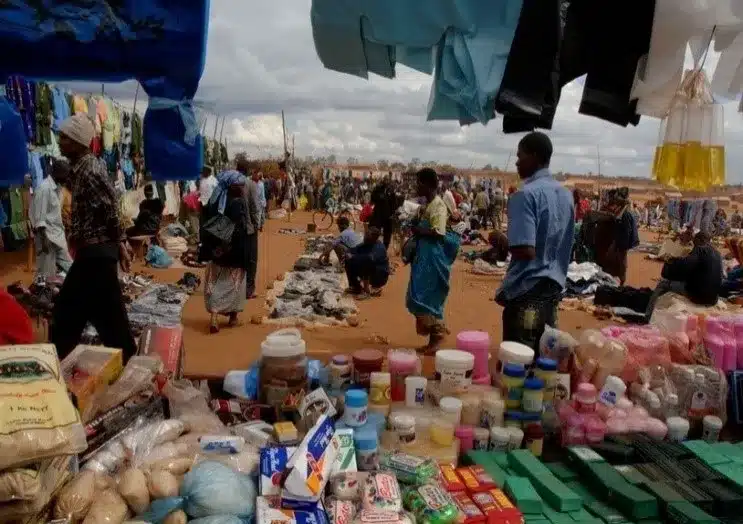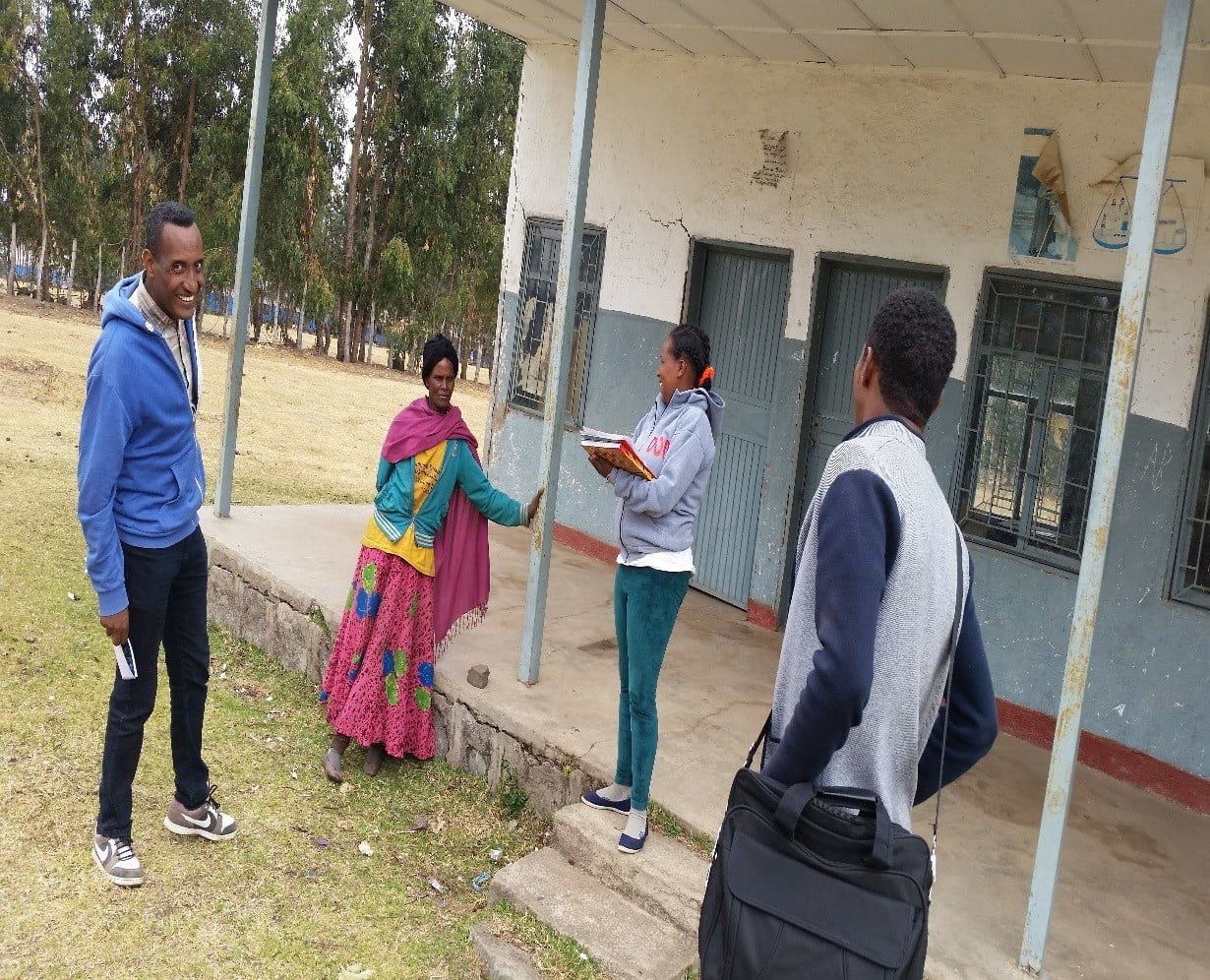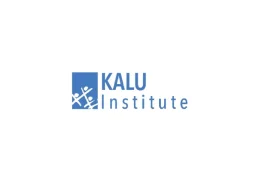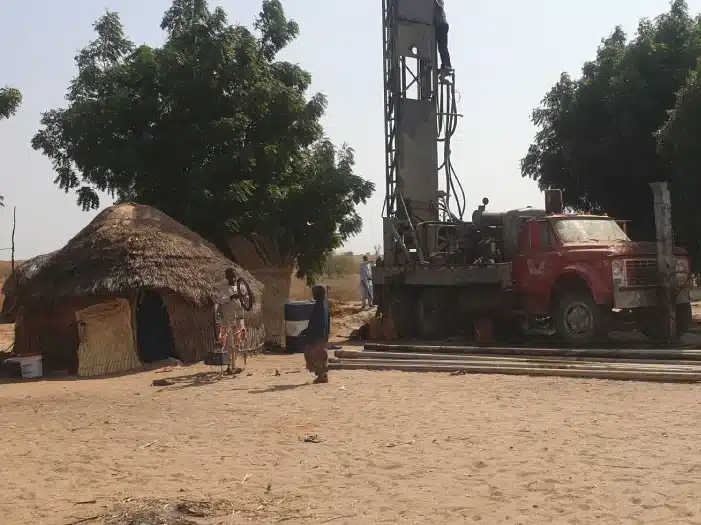
In 2017, the United Nations (UN) stated that the world was facing the most serious humanitarian crisis since the Second World War, with over 20 million people at risk of starvation and famine (Food Security Outlook Update, 2017). The crisis was concentrated in four countries: Nigeria, Somalia, South Sudan, and Yemen. Alongside hunger, large portions of the population in these countries were facing deteriorating living conditions and threatened livelihoods (Food Security Outlook Update, 2017).
The total number of people displaced rose from 43.7 million in 2010 (UNHCR, 2011) to 68.5 million by the end of 2017. Some 95% of displaced people live in the global South (World Bank). In 2018, 2 billion people were living in fragile and conflict-affected contexts (Ibid). By 2035 it is predicted that this will be the case for 85% of the world’s extremely poor people (OECD, 2016a). Protracted conflict is currently driving 80% of humanitarian needs (World Bank).
Nigeria has experienced an increase in violence perpetrated by non-State armed groups (NSAGs), known as Boko Haram, this has had significant humanitarian implications, causing a major humanitarian crisis. For the displaced, the situation on the ground remains urgent, and most remain dependent on humanitarian assistance.
Generally, the last four decades have seen diverse humanitarian-development efforts. As is normal with approaches of any kind, some bountiful challenges and lessons have informed improvement and new ways of working. The Humanitarian-Development-Peace Nexus (HDPN) is the most recent proposal for a comprehensive response to protracted crises, and it has been tested in a variety of contexts, particularly in long-term displacement situations. This study, therefore, assessed the Humanitarian Development Peace Nexus (HDPN) in Nigeria: Northeast (Borno) situation.
A descriptive cross-sectional design was used for the study which involved a purposeful- snowballing sampling technique. The study was conducted among stakeholders engaged in humanitarian, development, and peace work in North-eastern Nigeria. Both quantitative and qualitative methods were used to collect the data. The questionnaire comprised information on socio-demographic characteristics, knowledge, challenges, and other lessons learned from humanitarian, development, and peace interventions. The quantitative data were analyzed using SPSS while the qualitative was analyzed using MAXQDA.
The study showed that most of the respondents still lack knowledge of the HDPN concepts and their implementation. Therefore, relevant stakeholders should make provision for adequate training and reorientation activities for actors in the field of Humanitarian, Development, and Peace.
